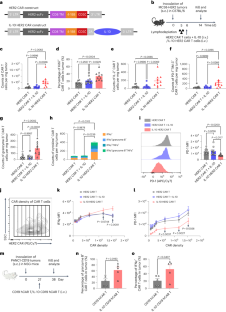2024-01-04 ペンシルベニア州立大学(PennState)
◆研究者たちは、バイオマーカー濃度を正確に検出できるセンサーを開発し、その成果をAdvanced Scienceで発表しました。このセンサーは、バイオマーカーの存在だけでなく、発汗のボリュームも正確に検出できるため、医療診断の早期かつ正確な結果を得るのに役立つと期待されています。
<関連情報>
- https://www.psu.edu/news/engineering/story/two-channel-sensor-measures-biomarker-concentration-sweat/
- https://onlinelibrary.wiley.com/doi/10.1002/advs.202306023
汗の定量分析のための皮膚に密着した二流体ペーパーベース・デバイス Skin-Interfaced Bifluidic Paper-Based Device for Quantitative Sweat Analysis
Muhan Deng, Xiaofeng Li, Kui Song, Hanlin Yang, Wenkui Wei, Xiaojun Duan, Xiaoping Ouyang, Huanyu Cheng, Xiufeng Wang
Advanced Science Published: 22 December 2023
DOI:https://doi.org/10.1002/advs.202306023

Abstract
The erratic, intermittent, and unpredictable nature of sweat production, resulting from physiological or psychological fluctuations, poses intricacies to consistently and accurately sample and evaluate sweat biomarkers. Skin-interfaced microfluidic devices that rely on colorimetric mechanisms for semi-quantitative detection are particularly susceptible to these inaccuracies due to variations in sweat secretion rate or instantaneous volume. This work introduces a skin-interfaced colorimetric bifluidic sweat device with two synchronous channels to quantify sweat rate and biomarkers in real-time, even during uncertain sweat activities. In the proposed bifluidic-distance metric approach, with one channel to measure sweat rate and quantify collected sweat volume, the other channel can provide an accurate analysis of the biomarkers based on the collected sweat volume. The closed channel design also reduces evaporation and resists contamination from the external environment. The feasibility of the device is highlighted in a proof-of-the-concept demonstration to analyze sweat chloride for evaluating hydration status and sweat glucose for assessing glucose levels. The low-cost yet highly accurate device provides opportunities for clinical sweat analysis and disease screening in remote and low-resource settings. The developed device platform can be facilely adapted for the other biomarkers when corresponding colorimetric reagents are exploited.


